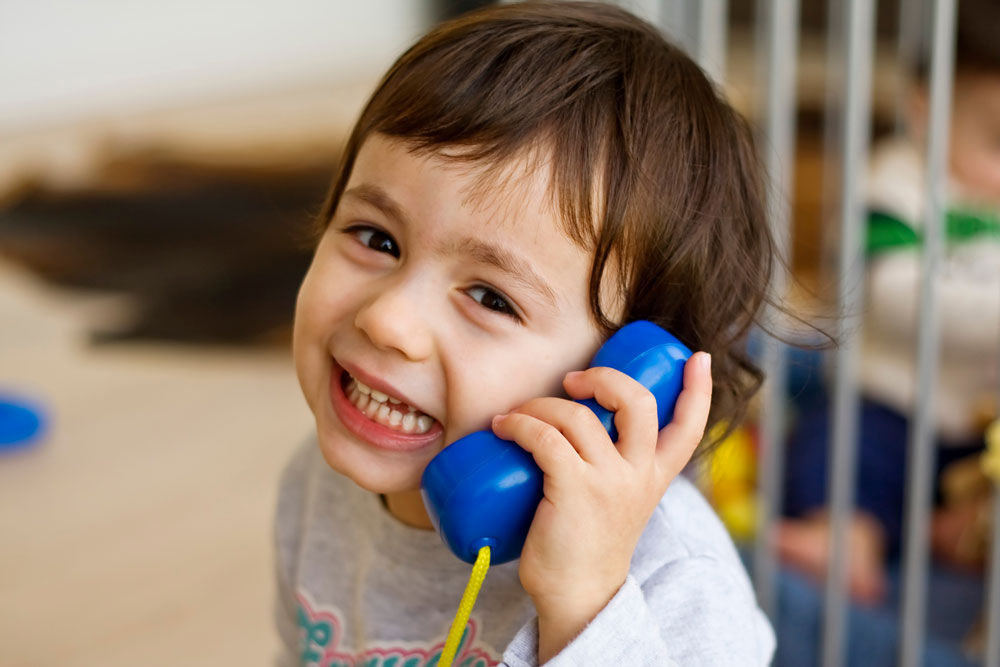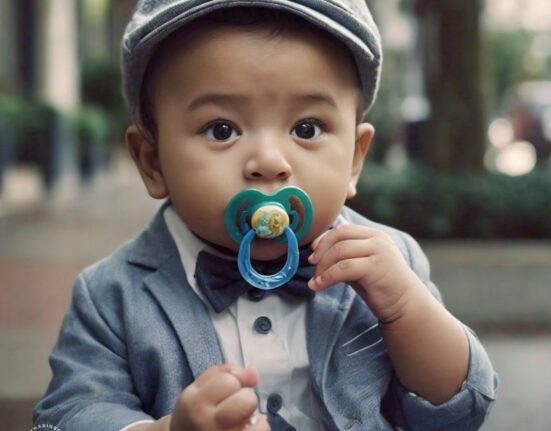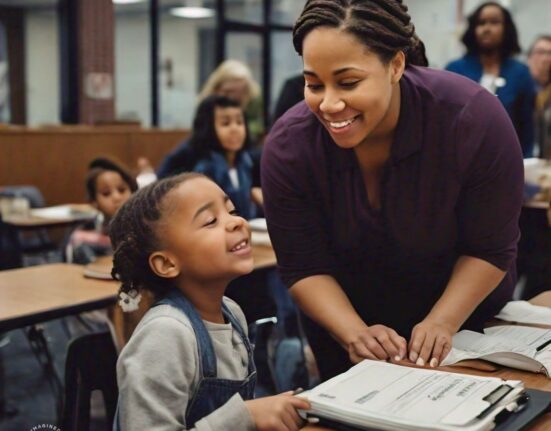Speech Development In Children Ages 0 to 5
Language acquisition is an innate human process that occurs rapidly over the first few years of a child’s life.
0-5 months
From birth to five months of age, you can expect to hear cooing and sounds that indicate pleasure or displeasure – giggling, laughing, crying, or fussing. Your baby will also make noise when they are spoken to.
6-12 months
Around the six-month mark, your child will begin babbling- putting together nonsense syllables and repeating sounds. They might also say “mama” or “dada” without understanding who those words refer to and will largely communicate through gestures. Before the baby hits the 11-month mark, though, you can expect to hear their first word. In the first few months of the first year, your child’s language will develop rapidly. They will answer questions nonverbally (shaking their head yes or no, gesturing) and will repeat or imitate simple words. Their vocabulary will grow from around 4-6 words between 12 and 17 months to around 50 from 18-23 months, although pronunciation will be unclear to non-family members. They will begin making animal sounds, using pronouns to refer to themselves, and will mostly stick to short, two-word phrases, although they will begin asking for favorite or common foods by name.
12-24 months
Once your child reaches 2 years, they will start to use words to describe some spatial concepts. They will understand what “in”: or “on” means and will expand their pronoun usage to other people. Descriptive words, like tall, happy, or sad, will also become a part of their growing vocabulary. They will stick to short, three-word sentences, and their speech will become more accurate, but they will leave off or confuse verb endings. This is a normal cognitive process and does not need to be corrected; research indicates that all children struggle with using verb endings correctly until they are around 3 years old.
3-5 years
Between 3 and 4 years, you can expect your child to begin to group objects and identify colors. They will be mostly phonemically aware, but will struggle with difficult sounds, like “sh” and “ch” blends and liquid sounds like “l” or “r”. Confidence using consonants will increase, and non-family members will be able to understand most of what they say. They are able to express feelings and ideas rather than just identifying objects in the world that surrounds them and can answer simple questions.
As your child approaches preschool age, their knowledge of location words like behind or next to will improve, and they will be able to understand and answer complex “why” questions. Mastery of some irregular past tense verbs and description of how to perform tasks will come at this age, and they will struggle with long or difficult words. Once your child reaches 5 years old, they will understand questions or directions that have more than 2 steps and will have a grasp of time sequences, use complex sentences with eight or more words, and begin to use their imagination to create stories.
Watching speech develop in a child is a wonderful and exciting process, and parents hoping to support their child’s linguistic development can employ several strategies at each stage to help boost confidence and knowledge. Talk back to your child from an early age, even when they are babbling; simply babbling back at them can help them learn new sound combinations and increase their confidence. You can also read with babies from a young age to help grow their vocabulary and increase their symbolic awareness. As they grow older and begin to put together sentences, engage in speech with them; repeat and build on what they are saying. The social context that children are raised in has a strong link to the way your child’s language will develop in the future; parents who engage frequently in conversations with their children help to set their children up for success in the future language development. It’s important to note, though, that grammatical corrections are largely ineffectual at this stage. Instead, focus on praising your child for what they do well and engaging in conversations with them.
Keep practicing serve-and-return interactions to develop your little one’s speech and you will be amazed at how fast language acquisition occurs.
Sources
Ramírez‐Esparza, N., García‐Sierra, A. and Kuhl, P.K. (2014), Look who’s talking: speech style and social context in language input to infants are linked to concurrent and future speech development. Developmental Science, 17: 880-891. doi:10.1111/desc.12172






